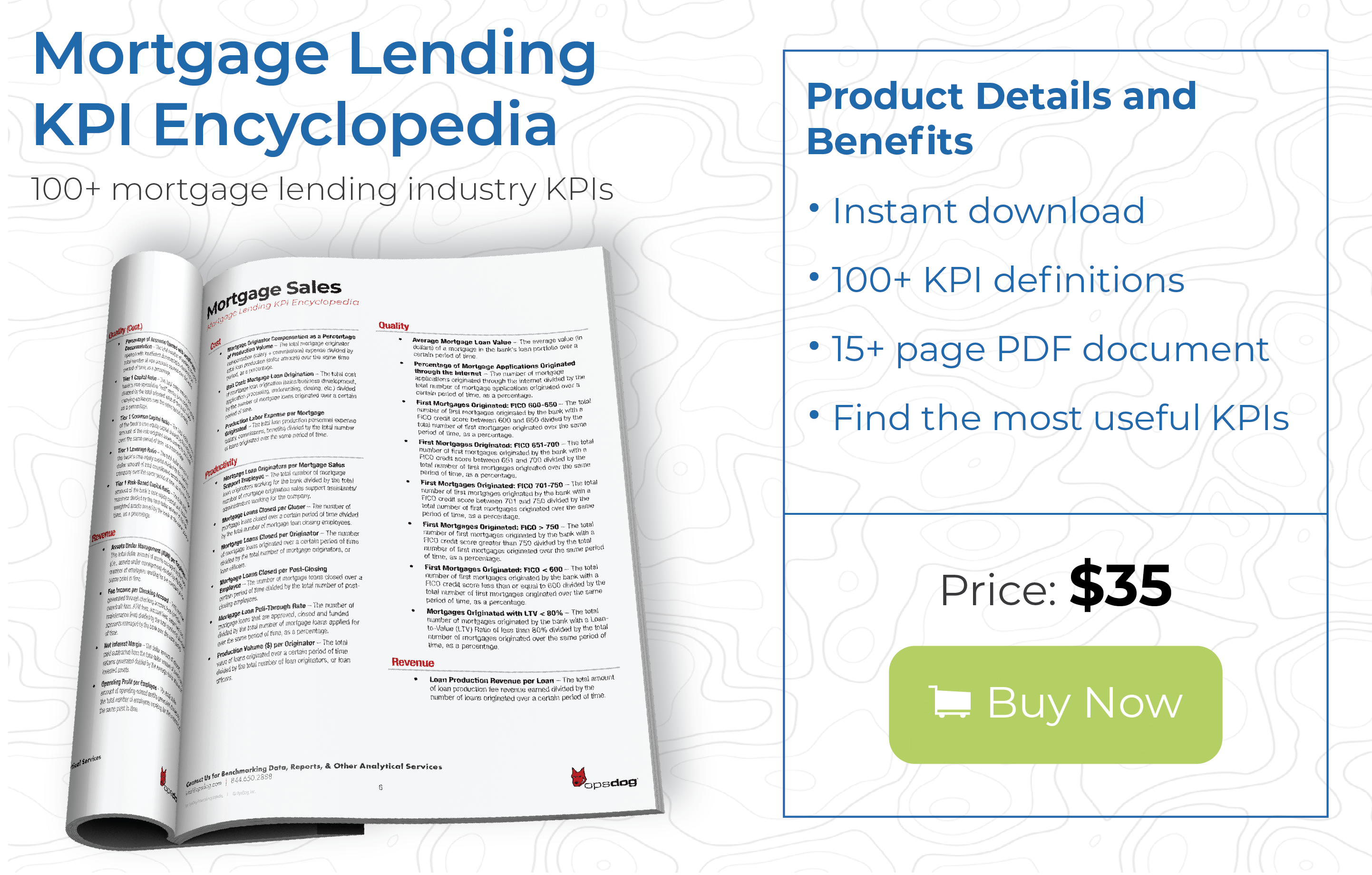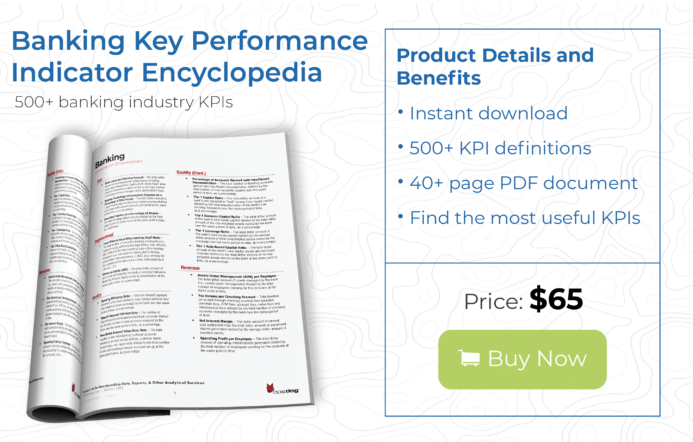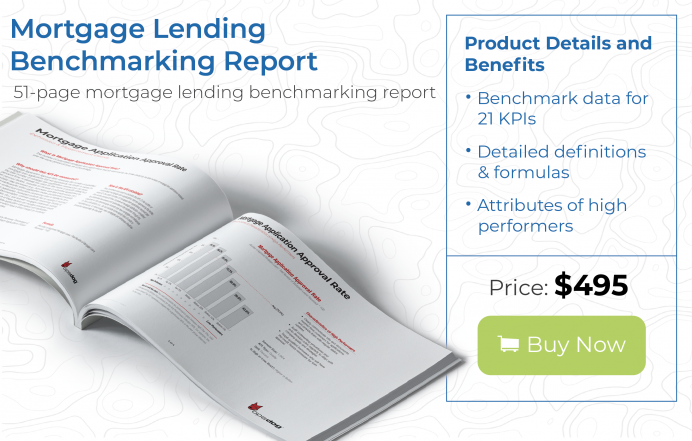Mortgage loan officers are the face of your lending organization and how they interact with potential borrowers plays a big role in mortgage loan profitability. Mortgage loan officer performance metrics allow you to uncover the inefficiencies that are holding them back from originating more loans and keeping borrowers happy.
What are Performance Metrics for Mortgages Loan Officers?
Mortgage loan officers, sometimes called mortgage loan originators, need to be adept at selling mortgages to creditworthy borrowers and following through on the loan until closing. They play an integral part in moving the mortgage lending process along, gathering needed documentation, ensuring loans are in compliance, and addressing borrower concerns.
But inefficient processes, lots of manual workarounds, and repeated borrower follow-up wastes time and drives down the performance of even the most experienced and talented loan officers. And faced with ever increasing loan production costs, mortgage lenders are taking definitive action to reduce expenses and increase profit margins.
By measuring and monitoring specific data points, key performance indicators (KPIs) allow lenders to improve the effectiveness of loan officers and the overall efficiency of their loan operations. For example, lengthy cycle times frustrate borrowers and increase lender costs. Low mortgage application approval rates indicate that lenders are spinning their wheels originating loans that won’t close.
KPIs are just one part of the story: lenders need to compare their KPIs to their competitors to get a complete picture of their mortgage loan officer performance.
The Benefits of Using Metrics to Boost Customer Experience in Mortgage Lending
Mortgage lending is increasingly competitive. New entrants boasting faster closing times and lower origination costs for borrowers are gaining market share. With social media, unhappy borrowers can broadcast their complaints and frustration to hundreds or thousands of potential customers.
Delivering an exceptional customer experience is critical for competitiveness. And since mortgage loan officers are the frontline of the organization, anything that lenders can do to improve loan officer performance will have a direct impact on borrowers. For many lenders, this means eliminating tasks that don’t improve the customer experience or increase revenue. Others find that KPIs highlight the need for loan officers to take additional training to improve their skills.
Another problem area that KPIs can uncover is the lack of a fully digital loan origination platform: borrowers expect to be able to apply for a loan, upload documents, and electronically sign documents from their laptop or mobile device.
Each borrower is unique—and wants to be treated that way–but consistency is a lender’s friend. Consistent processes make automation easier, drive down the costs of loan origination, and minimize the back-and-forth between lender and borrower. A consistent process means nothing falls through the cracks and last-minute calls to borrowers asking for additional documentation—a huge pain point for many borrowers–disappear.
Mortgage Loan Officer Performance Metric Examples
Mortgage lenders can use a variety of key performance metrics to analyze and then track the productivity of their mortgage lending department. Many of these metrics focus on loan officers. But looking at each metric in a bubble can give lenders a false understanding of their mortgage process. For instance, mortgage lenders may close a high volume of loans—an attractive KPI–but if those loans are low-quality, overall profitability suffers.
Here are five commonly used mortgage loan officer performance metrics that tie back to overall lender profitability:
Mortgage Loan Officer Performance Metric #1: Mortgages Closed Per Loan Officer
Loan officer productivity has a significant impact on profitability. A high number of loans closed—assuming that the loans meet the lenders’ risk profile —should translate into higher revenues. If loan production is low, eliminate manual or redundant processes, streamline communications between loan officers and borrowers, or consider additional loan officer training.
To calculate the number of mortgage loans closed per loan officer, divide the total number of loans fully funded by the number of loan officers.
Mortgage Loan Officer Performance Metric #2: Mortgage Production Per Loan Officer
While the above metric looks at the number of loans closed, mortgage production measures the dollar amount of mortgages closed. Together, these metrics can deliver a more complete picture of loan officer performance. Some ways to improve mortgage production are to streamline underwriting, digitize as much of the application process as possible, and proactively communicate with borrowers to head off potential closing slowdowns.
To calculate this metric, divide the total principal loan amount of mortgage loans by the number of mortgage loan officers.
Mortgage Loan Officer Performance Metric #3: Mortgage Closing Cycle Time
A lengthy mortgage closing not only adds costs to the lender but frustrates borrowers. There’s a few common problems that hold up closings: missing documents, manual underwriting, and excessive back and forth between the borrower and the loan officer.
To calculate mortgage closing cycle time, divide the average number of calendar (business and non-business) days from application to close by the total number of closed loans.
Mortgage Loan Officer Performance Metric #4: Mortgage Application Approval Rate
Marketing, brand recognition, and loan officer business development skills can increase the number of applications lenders receive, but if those applications aren’t credit worthy or if the borrower drops out of the application process, the lender is wasting time and effort on dead-end applications. And, borrowers get upset when their loan approval is delayed or denied.
To calculate, divide the number of approved mortgage loans by the total number of mortgage loans received, as a percentage.
Mortgage Loan Officer Performance Metric #5: Percentage of Mortgage Loans Abandoned by Borrower
There’s many reasons why borrowers withdraw their mortgage loan application or abandon the process. Some reasons are out of mortgage lenders’ control but how loan officers manage the application and underwriting process can have a big impact on how many approved loans are closed. If loan officers don’t return borrower calls or are constantly asking borrowers for additional information, borrowers can get fed up and abandon the loan.
Divide the number of approved mortgage applications that are either not accepted or withdrawn by the borrower by the total number of approved applications, as a percentage.
Final Thoughts
Even as mortgage origination becomes more digital, mortgage loan officers will continue to play a critical role both in selling mortgage loans and in moving these loans through the pipeline. Using KPIs and benchmarking to improve mortgage loan officer productivity directly impacts the bottom line.
For a full list of mortgage lending metrics to use for benchmarking, download our Mortgage Lending Benchmarking Report here.
If you need more help in developing an inventory of metrics for your mortgage lending department then be sure to utilize our Mortgage Lending Key Performance Encyclopedia for in-depth information on over 100 mortgage lending and other related KPIs, or contact us for more information on our Benchmarking Research and business intelligence implementation services. We will help you benchmark your finance and payroll departments and provide you with presentation-ready, high-quality deliverables at an affordable price.




